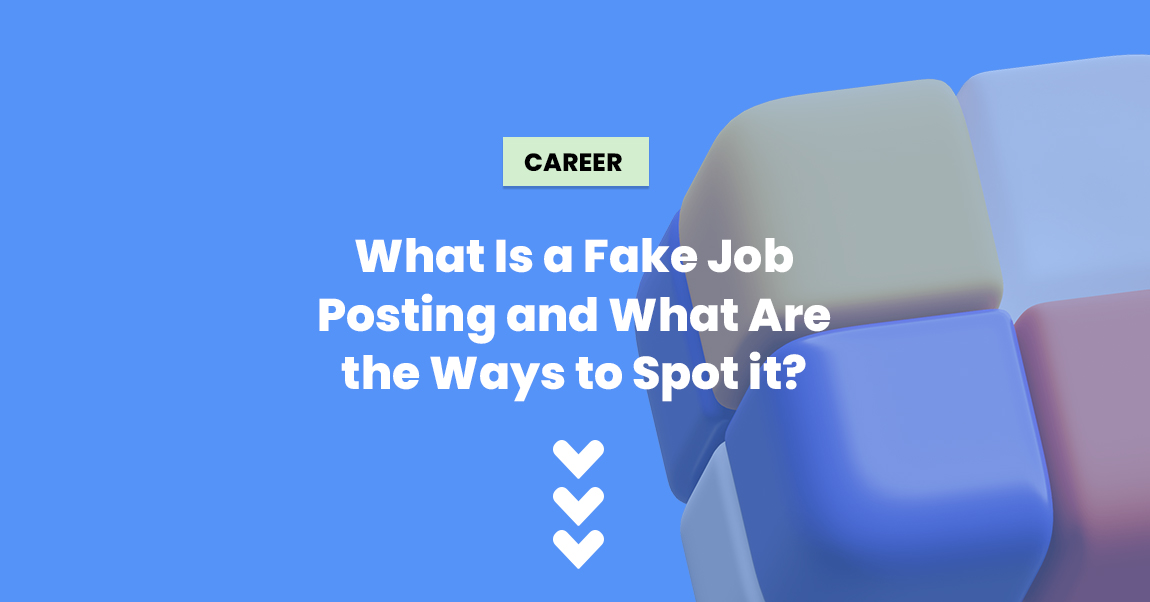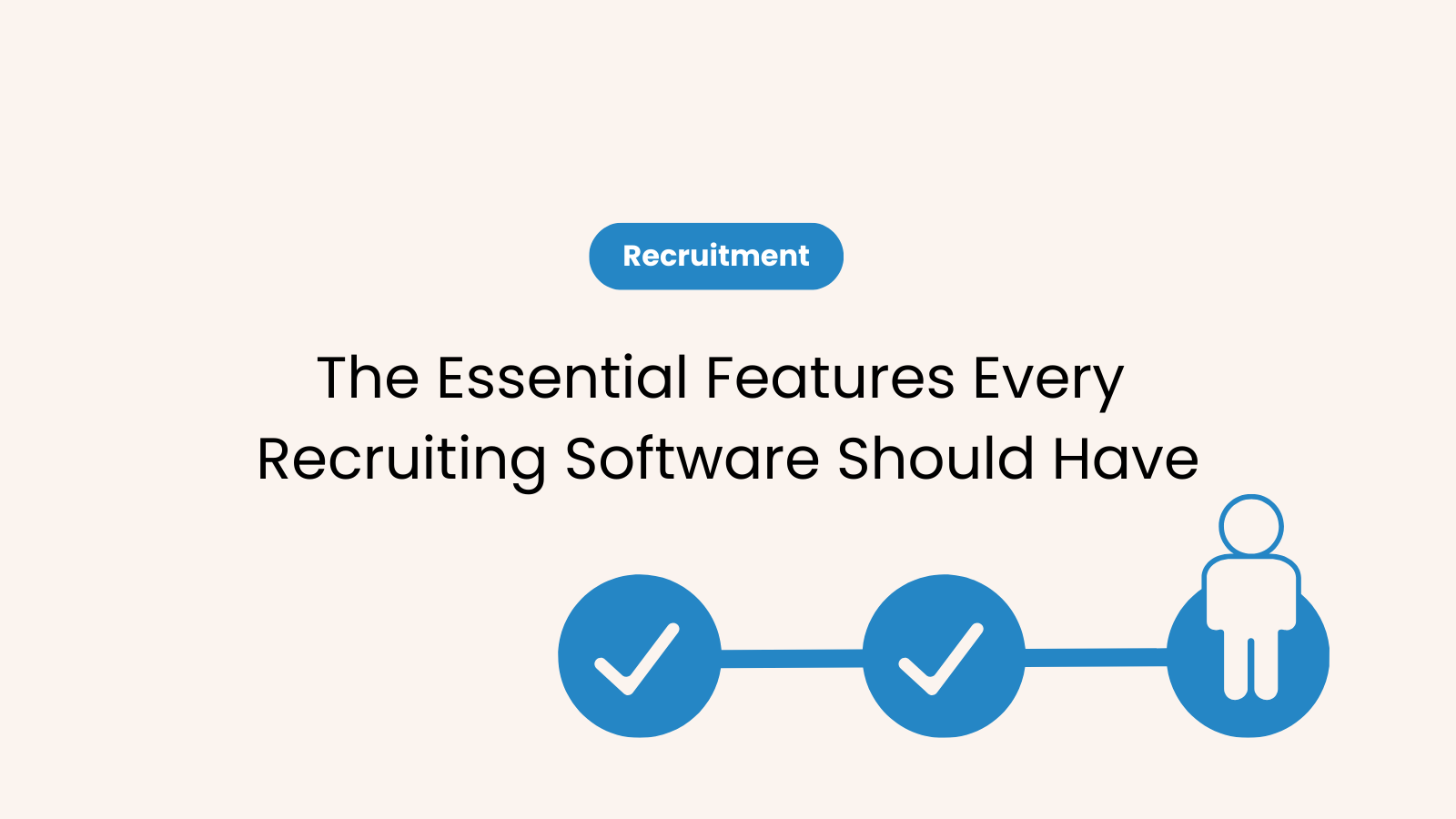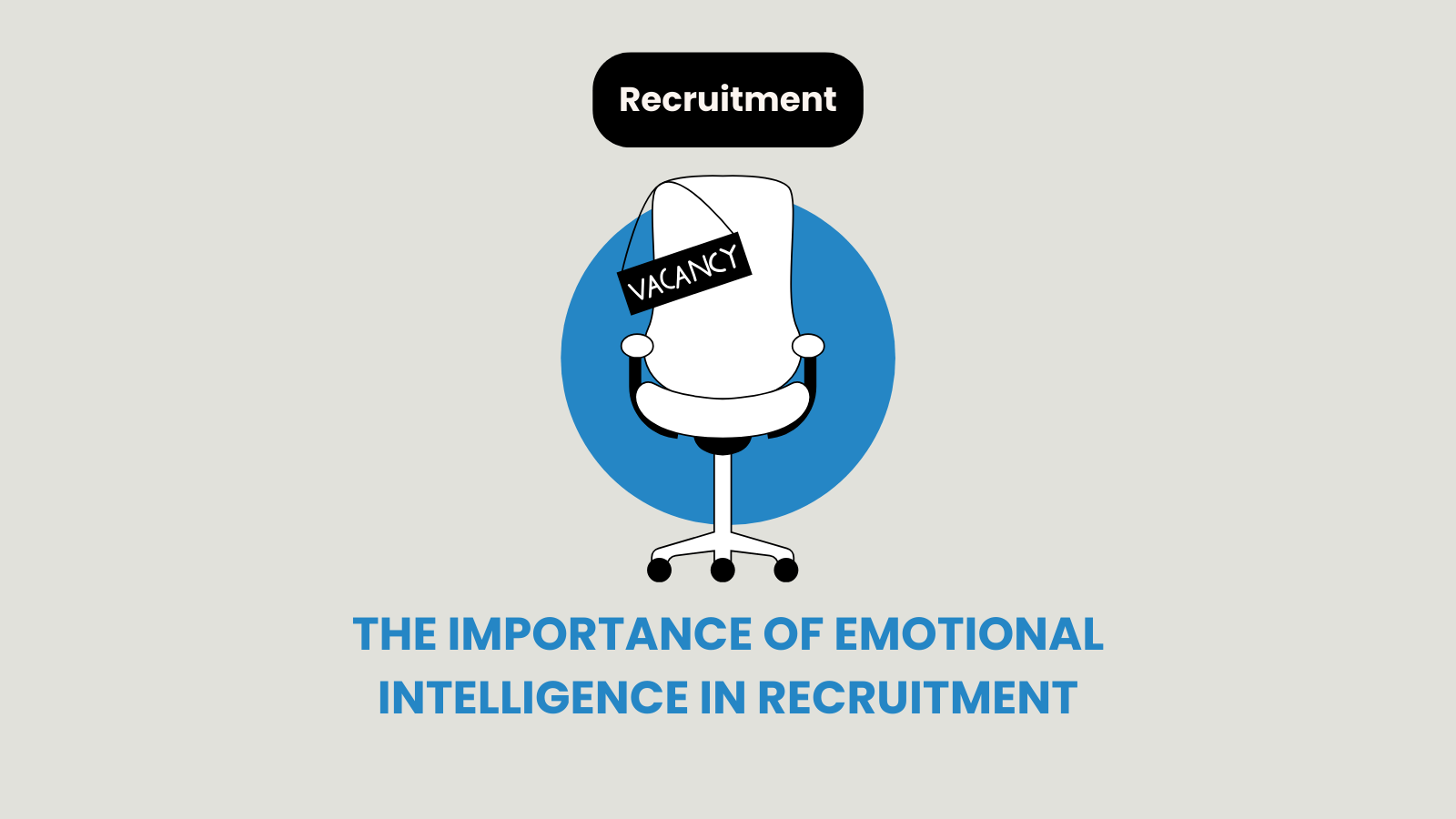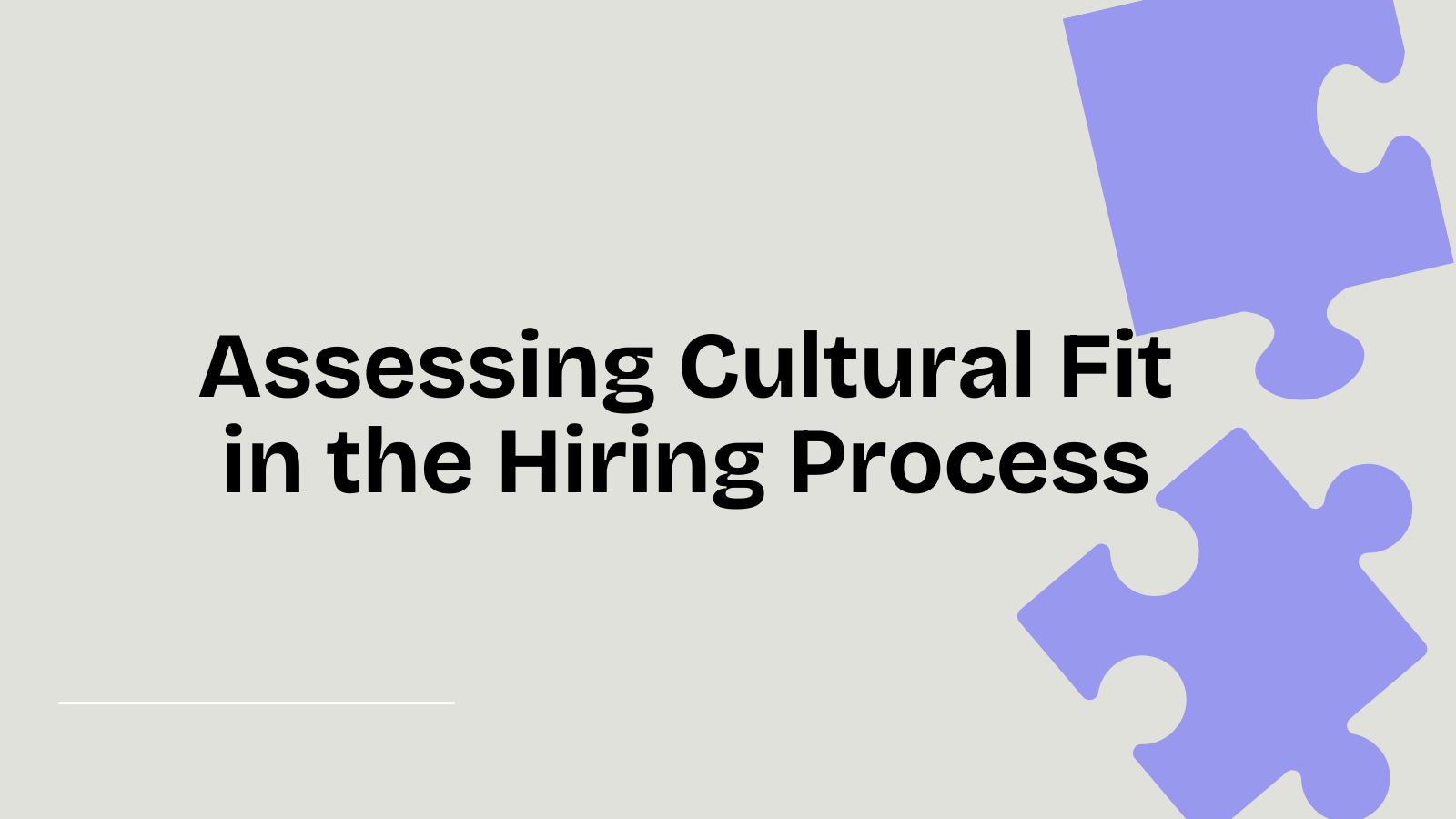Finding an employee is not just a random process. It takes time and patience to find a right person for the job that believes in the company’s culture and has the skills to do the job well. Companies don’t want to waste their time on a wrong person, so they hire a professional to find an employee that fits the best in the company. So, if you ever went through the steps in recruitment, you know that there are a few steps that will lead you to actually getting a job.
What is actually the recruitment process?
A recruitment process is an important part of human resource management (HRM) that isn’t done without proper strategic planning. Although every organization or company has a goal to find the perfect person for the job, they can have a different approach to this process. Every organization and company is different, so what works well for one company may not work well for other. That’s why every hiring process is different and the person whose job is to find the best candidate has to be insightful.
One of the biggest prejudices about this job is that you have to just submit a position to online job boards and waiting for the applications to roll in. Not every A-level candidate is actively looking for a job, so recruiter should also approach people who already have a job. Further, they have to identify, recruit, interview, hire, and retain the best candidates available in the marketplace. So, let’s dig deeper into the recruitment process. This steps will help you understand why you have to go through all these interview and tests when applying for a job.
Step 1: Clear job description
Whether somebody just left a job and a company needs a replacement, or they want to open a new job position, a recruiter has to know what the company really needs from a candidate. That means that a recruiter has to prepare the complete job description that includes both hard skills and soft skills. Nevertheless, they can’t just copy the description that was made before the last employee left. IT recruitment agency has to update it and put all responsibilities needed for the job. A clear job description will enable candidates to understand what is required of them and motivate them to apply.
Step 2: Planning the process
Once a recruiter is done with identifying the hiring needs, they plan the process – how many people will they call, which communication channels will be used, how will they approach to people, etc. Preparation is the key to success and it will make recruitment much easier. The plan will save both IT recruitment agencies and candidates time.
Step 3: Hunting for potential candidates
Companies usually post job ads to all social media platforms they have and advertise it, but they shouldn’t wait for candidates to approach them. Sure, maybe the perfect candidate will apply, but the recruiter has to “hunt” for high-level A-players by using other channels. Perfect candidates aren’t going to rain down from the sky, so companies should try to find them on LinkedIn, social media groups, or even ask someone for a recommendation. As you can see, there is a reason why people call recruiters “headhunters”.
Step 4: Recruiting the best candidates
It’s time to identify and recruit candidates that match a company’s needs the best! Good candidates should quickly and clearly highlight if a recruiter follows the job description. However, companies should sell the story about the company and convince candidates that this job is a great opportunity for them. Top IT professionals are not interested only in the job, but the company itself. The company culture could be the turning point for them. However, recruiters should inform all applicants about the status of the application, whether they got to the next step or not.
Step 5: Testing
For some companies, the next stage is to send a test to top candidates and see if they were telling a truth in a resume. For others, the next step is an interview. A test can help companies find A-level candidates and see if they are able to get the job done well and fast. Usually, you have a limited time to finish the test, but this is the opportunity for you to see what you know, and what skills you should develop. After testing, companies will have a much shorter list of candidates that will get to the next stage of the recruitment process – the interview.
Step 6: Face-to-face interview

When it comes to the interview, it’s important for both recruiter and candidate to be prepared. This is a moment when companies should find out more about the applicant’s background, skills, and even personality to see if they fit with your company’s culture. Recruiters should make a list of information they need in order to make the interview session much more structured. However, this is not a one-way conversation because A-level candidates want more than just a job. They want to find out more about the company, so the recruiter job is to sell a story, tell them about benefits they’ll get if they start working for them. Nevertheless, if the interview last too long, top candidates can lose interest in the company. A candidate may be interviewing with more than one organization, so the recruiter has to inform them where they are in the process and what to expect in the near term.
Step 7: Offering employment to the best candidate
Hiring the wrong person can be extremely costly, so recruiters have to double check all references and other information they have about the chosen candidate. The offer stage is one of the most delicate stages of the recruiting process and IT recruitment companies should never take for granted that a candidate is going to accept an offer. However, if they’ve done all of the proper work beforehand, everything should go well. Sometimes, they will have to extend the offer, so if they are sure that they’ve found the right person for the job, the company should satisfy the candidate’s expectations.
Step 8: Hiring proposal
In the best case, the candidate will accept an offer and take a job. However, they may reject it so IT staffing agency will have to offer a job to the next candidate on the list. Once they find the candidate that is satisfied with the salary, start date, and other terms and conditions of employment that are based on the agreement between the company and the candidate, they can sign the papers.
Step 9: Onboarding of the candidate
Once a candidate does accept the offer of employment, and the official hiring is done, HR department should prepare the onboarding process that includes a welcome session, shadowing for a period of time, and a follow-up. The chosen candidate should feel wanted before they officially join the organization, and HR should also check them from time to time in order to see if they are satisfied with the job, company and team members. Remember, the goal of every company is to retain this employee.
Ready, steady, go!
The recruitment process is an opportunity for you to see what you know and what skills you have to improve, so don’t be disappointed if something goes wrong. It’s important to look at every job opportunity like it’s the only one – you have to adapt a resume and motivation letter to the particular company. You can see what they need from a job application and their website so you can underline the skills and experience they need in your resume. These steps will help you understand how IT staffing agencies work and prepare you for the next step, but remember that every company is different. Going through a recruitment process over and over again can be stressful and exhausting, so make sure that you’ve done all of the proper work beforehand. Maybe the next job offer is perfect for you, so good luck!




